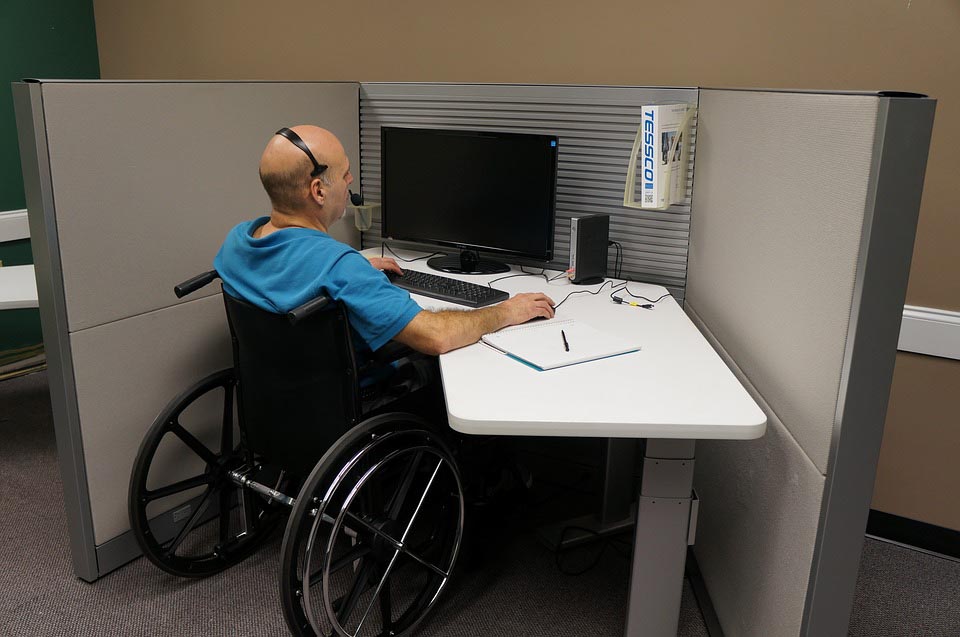A recent roundtable hosted by the Recruitment Industry Disability Initiative (RIDI) has found that the introduction of the Apprenticeship Levy offers employers a prime opportunity to improve disabled talent through the workforce.
The event was attended by a diverse mix of representatives from private and public sector organisations including Amey plc, the Cabinet Office, the Clear Company, DWF, Guidant Group, HS2, KPMG, the REC and Talent Training.
Presently just 9% of apprentices have a disability. According to the Disabled Living Foundation, around 19% of working age people in the UK have a disability, meaning that disabled people remain significantly underrepresented at apprenticeship level.
Key recommendations which came from the event included; raising the awareness of apprenticeships among those with disabilities, ‘demystifying’ the application process, a stronger partnership between the government’s Disability Confident scheme and the Institute of Apprenticeships and a ‘one stop shop’ for guidance around apprenticeships for disabled individuals.
“The wider business benefits associated with diverse workforces are hard to ignore,” commented Kate Hedley, director at the Clear Company and RIDI spokesperson.
“A myriad of evidence points towards the benefits of truly representative teams, namely the advantages of having greater access to different perspectives and sources of information, as well as the obvious perks of having a workforce which is reflective of the communities it serves.
“Furthermore, anecdotal evidence suggests that people with a disability take less sick days and are more likely to stay with an employer longer than their peers, saving time and money on the costs of recruitment and training by reducing staff turnover. Moreover, recent research from the CIPD, found that disabled employees outperform all other groups in terms of innovation and professional ambition.
“However, while there is no doubt that access to guidance needs to be improved, there are currently resources available for organisations which are passionate about the inclusion of disabled talent and the wider social mobility agenda – they just need to be pointed in the right direction.”
Headley concludes: “Long-term, apprenticeship providers and staffing companies must work together to fill the knowledge gap to boost wider inclusion. Meanwhile, organisations which engage with disabled apprentices can create foothold for themselves in the marketplace and establish themselves as a leaders. Together recruiters, employers and training providers can develop a pathway to help everyone succeed.”






